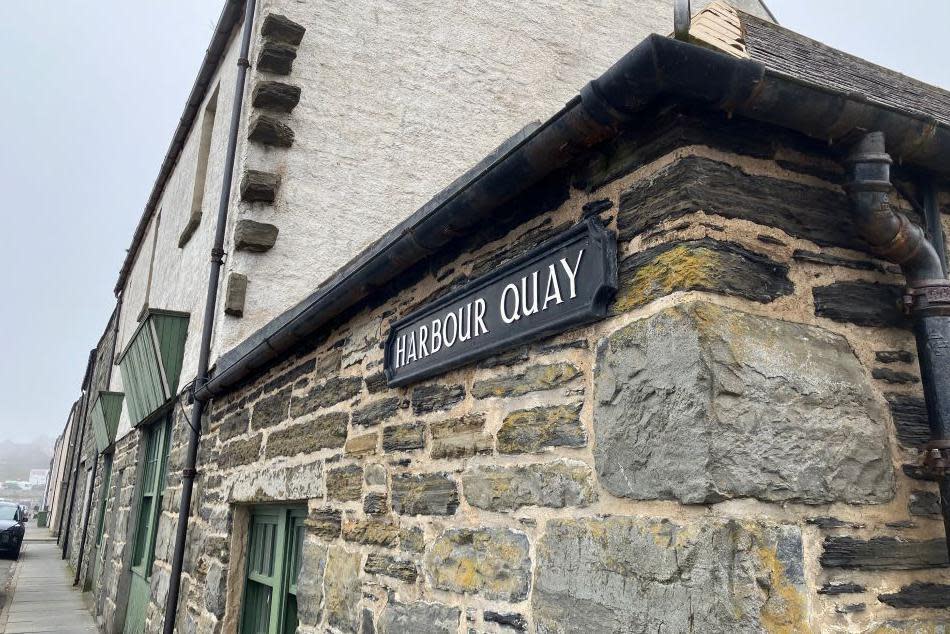Remembering Scotland's Herring Girls
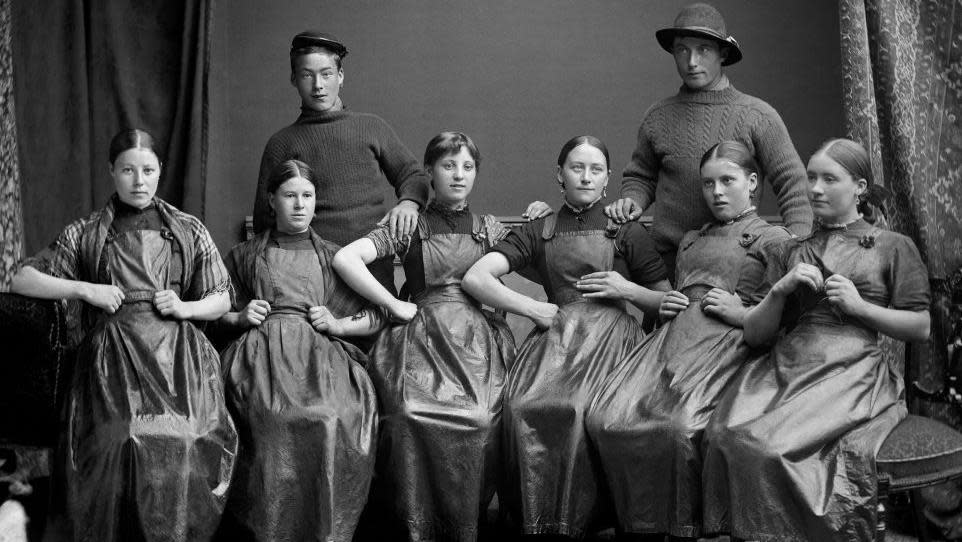
Up until about 70 years ago, herring fishing provided a livelihood to hundreds of Scottish women.
They were dubbed the Herring Girls, and between June to September travelled from port to port following fleets of boats to gut and pack fish into barrels for export.
Wick, nicknamed the herring capital of Europe due to the volume of fish landed there, was one of the fish gutters' key destinations.
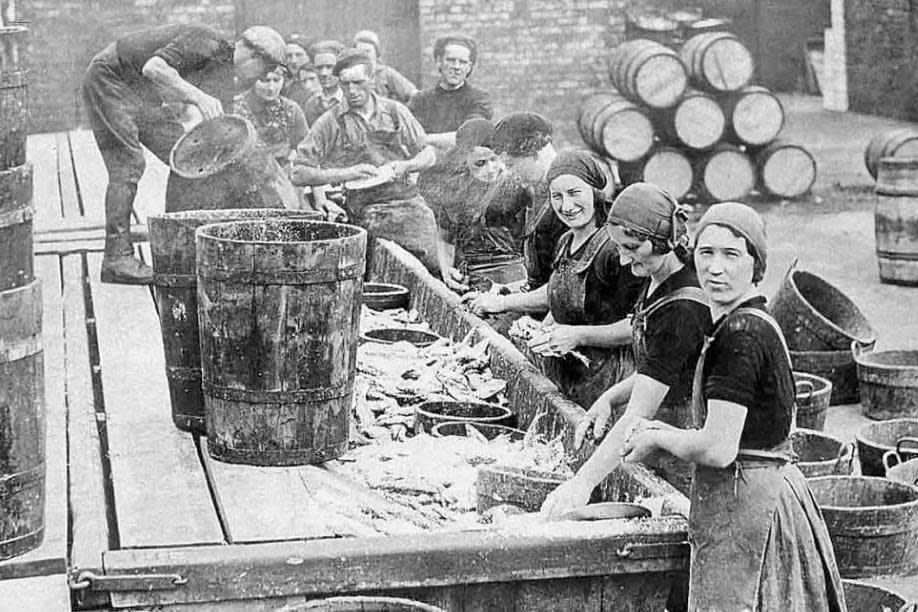
"They were called Herring Girls, even though many were adult women," says Ian Leith of history group The Wick Society
"Maybe it sounded a bit better than gutters.
"Gutting fish was a tough job. It was a mucky job."
The women worked in curing yards at long troughs called farlins. The work stations, along with the women's clothes, quickly became covered by smelly, slimy fish innards.
The gutters had to work fast because they were paid by how many barrels they could fill.
Ian says: "They were gutting fish at a speed of 40 to 50 a minute - with a sharp knife."
![Herring industry. In numbers [ 2.5 million Barrels of fish cured and exported to Germany, eastern Europe and Russia in 1907, a "boom" year ] [ 35,000 People were employed in the industry in the 1900s - 14,000 of them were women ],[ 10,000 Boats were in the Scottish industry in 1913 ], Source: Source: The Scottish Fisheries Museum/Scottish Herring , Image: Wick in 1880](https://s.yimg.com/ny/api/res/1.2/i1EgF_GnbD1AMvBKh1PMJA--/YXBwaWQ9aGlnaGxhbmRlcjt3PTk2MDtoPTEwODU-/https://media.zenfs.com/en/bbc_us_articles_995/bde5ad5c957cbfcc110722846e3ee995)
"From anything I have seen and heard told of the herring gutters there was a social side to the work too," says Ian.
"The women worked in teams of three or five, and sometimes they were from the same family.
"If it was a team of three you had two gutting and one packing fish into barrels."
In Wick, the work was focused on Lower Pultneytown, a part of Wick designed in the 19th Century by famous Scots engineer Thomas Telford to support Britain's booming fishing industry.
Ian says: "Millions of fish would come through Wick.
"It is said the population of the town would grow by three times during the herring season."
But with no fishing on Sundays, in observation of the Sabbath, Saturday nights offered a rare chance of some time off for fishermen and gutters.
"At one point there were 43 pubs just in the Lower Pultney area," says Ian.
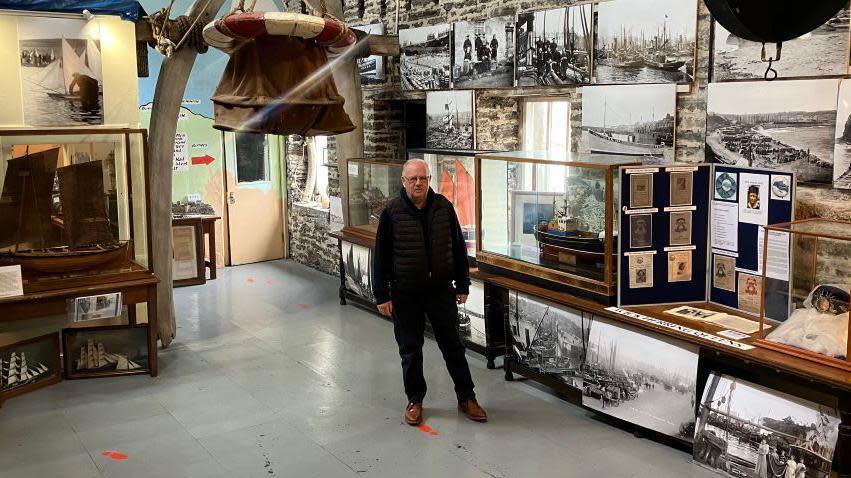
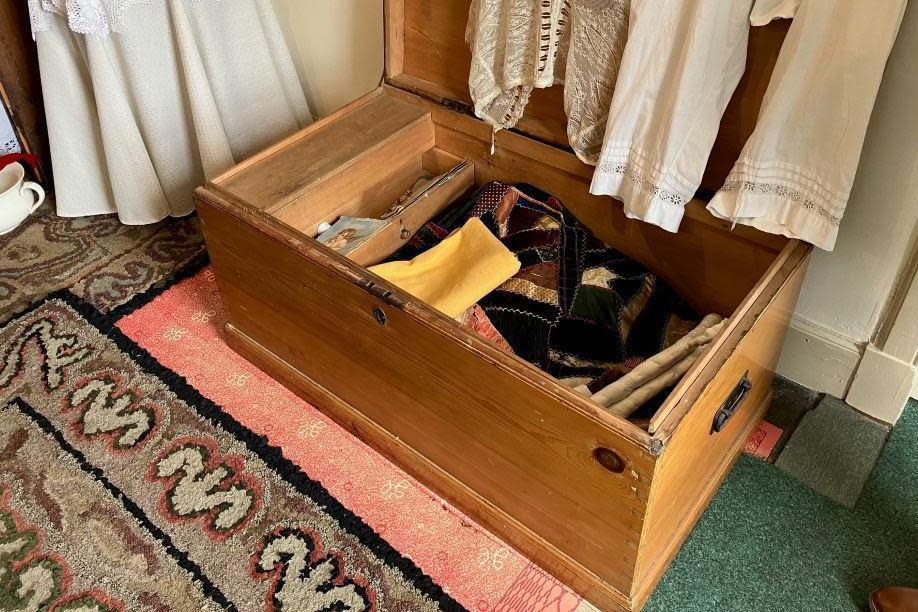
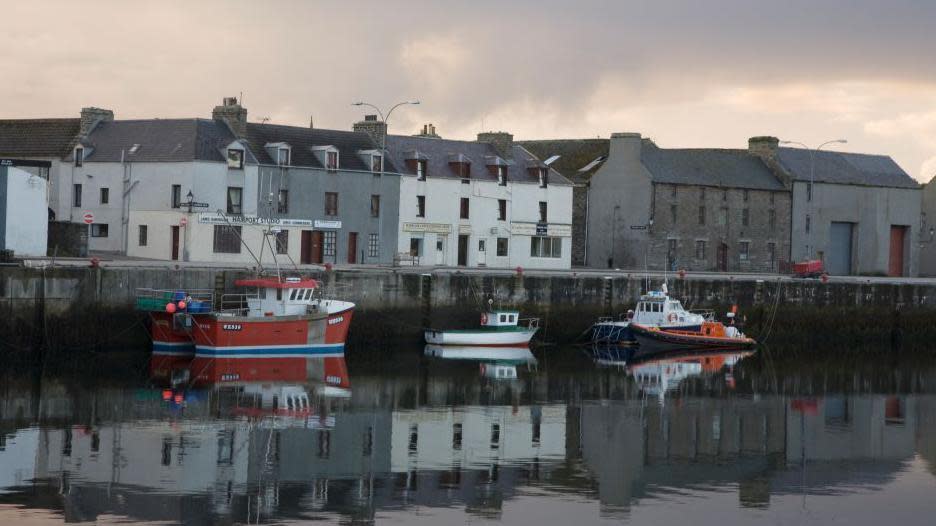
From Wick, the gutters followed the fishing boats on the trail of herring as they migrated south down Scotland and England's coasts.
Many of the gutters finished the season in Yarmouth on England's south east coast.
The women travelled by train, and there are accounts of carriages filled with the singing of hymns and Gaelic songs and the gutters making tea on small stoves.
Their personal possessions were packed into a wooden box called a kist, and the women would take home sticks of rock from English seaside towns as a treat for their families.
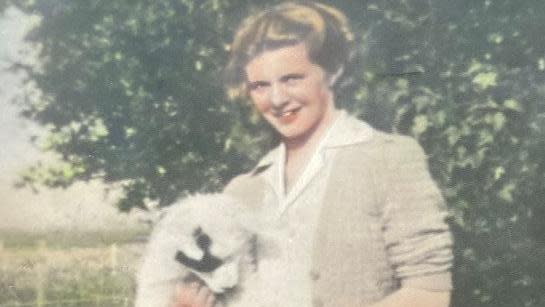
Wick celebrated its close connection to the industry through its Herring Queen Festival.
It was started in the 1930s and local schoolchildren chose a girl to be the queen.
On the big day the queen, along with her attendants, would sail into Wick harbour in a fishing boat.
Ray Richards was 17 when she was crowned Herring Queen in 1949, the first year the festival was held in 10 years due to the impact of World War Two.
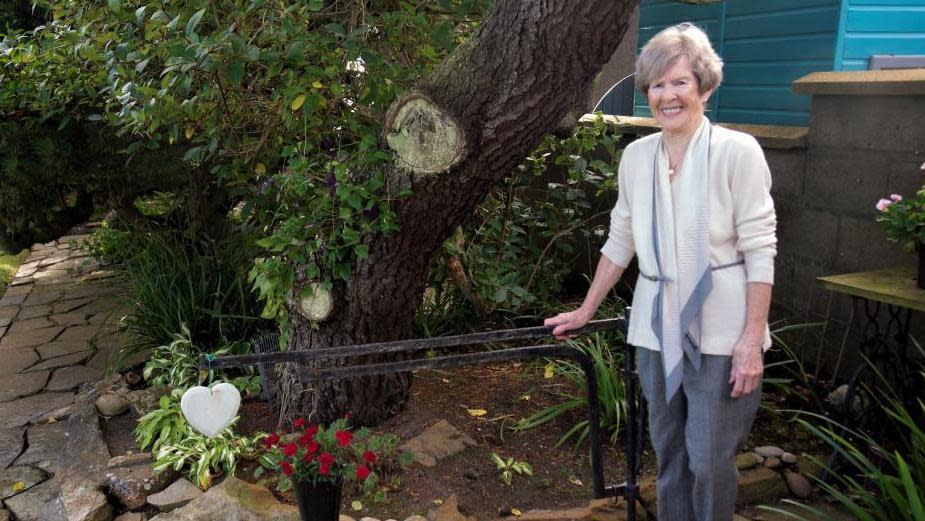
Now 92, she remember how when she was young a girl she would play with her best friend in the Stewart's curing yard in Wick.
"I would watch the gutters and packers and think 'I hope I don't have to do that'," she says. Instead she went on to have a long career in the NHS.
"My brother and other boys would collect fish that dropped to the ground as they were brought ashore," she recalled.
"They would then go round doors selling them."
Ray's Herring Queen white dress and blue velvet cloak was handmade by a previous holder of the crown, Isobel Cormack.
"It was such a lovely day," says Ray of her big day.
"The queen's boat came right into the harbour and the other boats were blowing their horns."
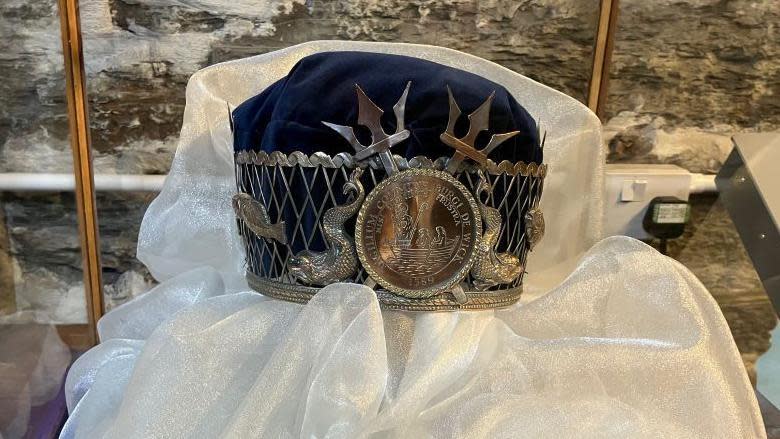
But the the herring boom was not to last.
There were periods of disruption caused by the two world wars, with many fishermen joining the merchant or Royal Navy.
But the biggest factor was overfishing and the herring boom in Scotland finally came to an end in the 1960s.
Wick's last Herring Queen was crowned in 1953.
Today, many of the old buildings in Lower Pultneytown have protected status.
Little fishing is done from its harbour, but new employment has been created around the offshore renewables sector.
